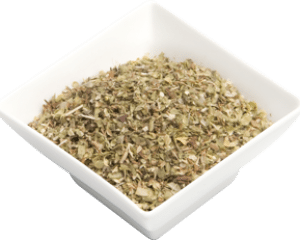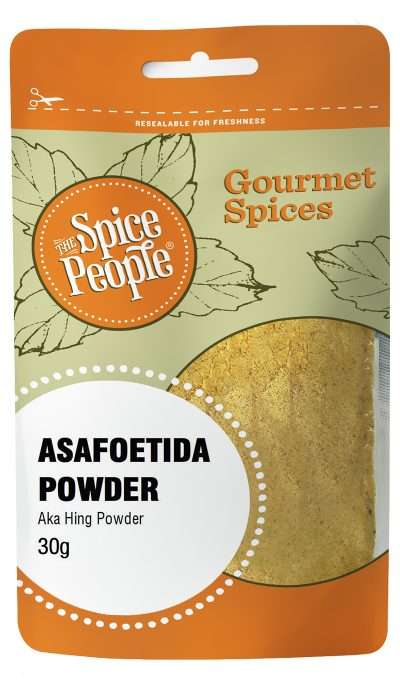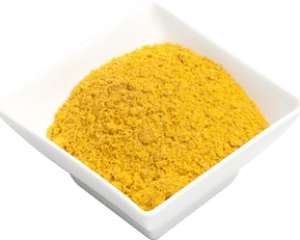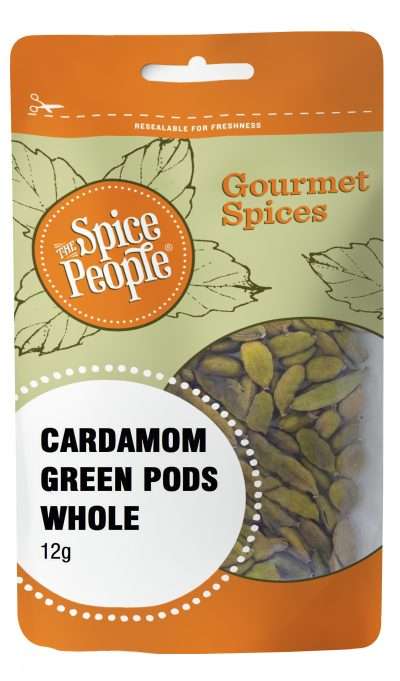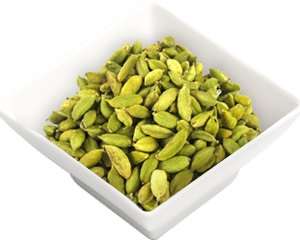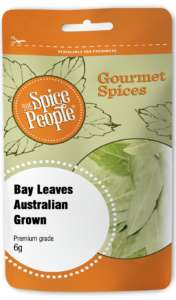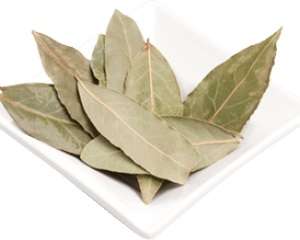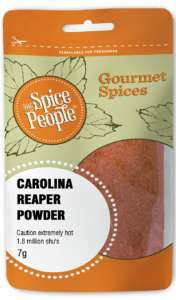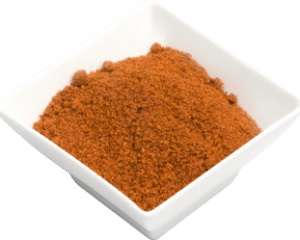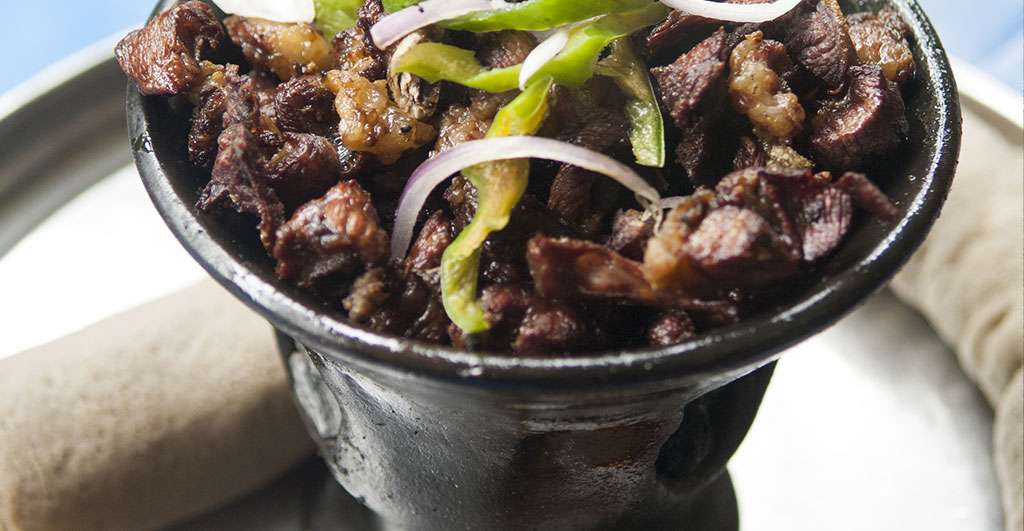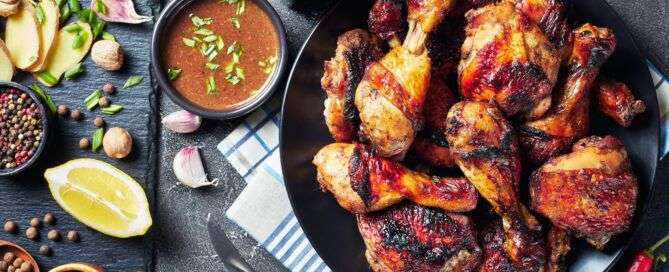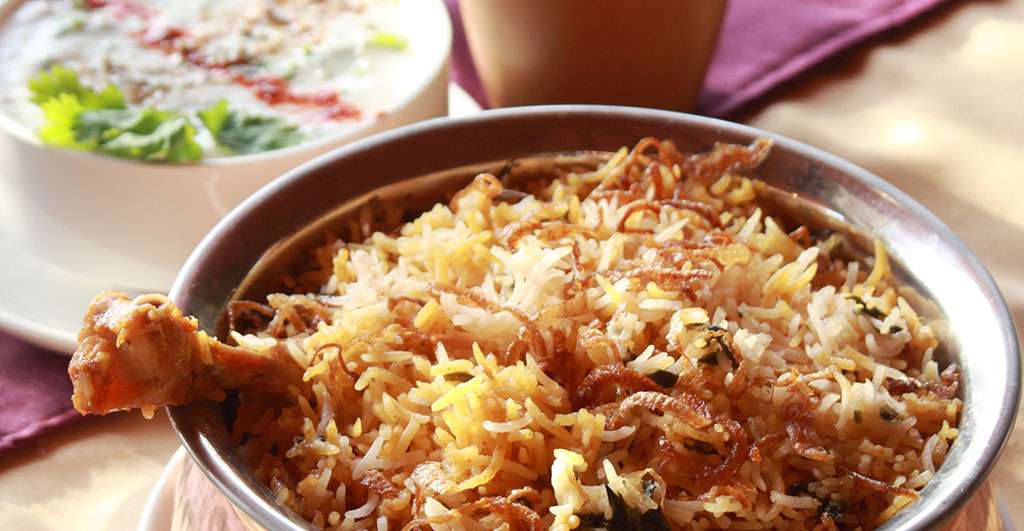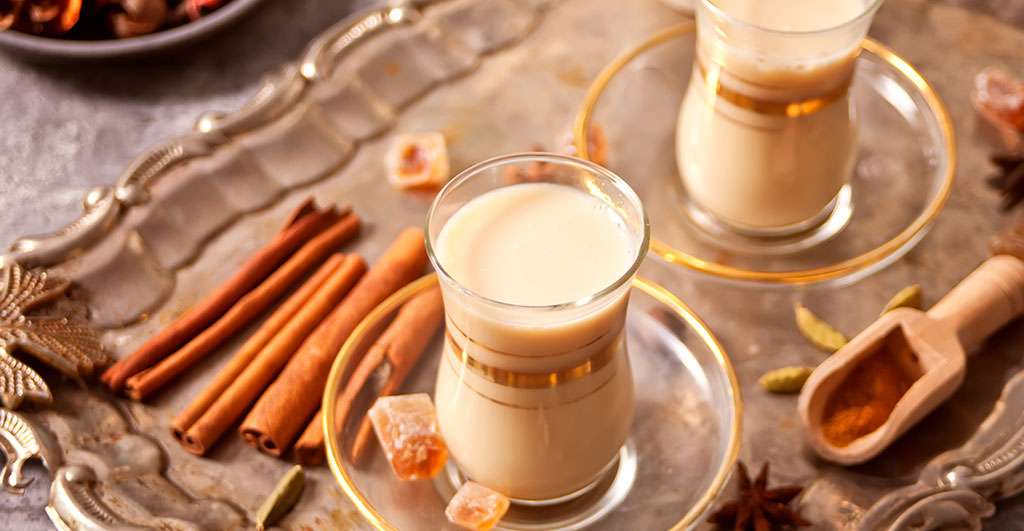Oregano Leaves – Australian Grown-15g
97 in stock
Product description
Oregano is one of the most popular herbs worldwide and is a member of the mint family and often called wild marjoram. It is a small herb with dark-green leaf and is known for its bold, warm, balsamic herb flavour, with a slightly bitter taste. Its strong flavour marries well with tomato and basil making it a vital ingredient for authentic Italian and Greek cooking. These are 100% Australian-grown Oregano Leaves that are harvested at their peak and sun-dried to lock in their flavour and aroma.
Flavour Notes:
One of the world’s most popular, well-known herbs, Oregano is grown throughout the Mediterranean and has a sweet, yet slightly bitter, savoury, herby flavour that adds warmth and fragrance to many savoury dishes.
Culinary Notes:
A staple in Mediterranean cuisine, oregano is used widely in dishes like pasta, soups, stews, slow-cooks and dressings. In Italian and Greek cuisines, they believe dried oregano holds a greater flavour and aroma than their fresh counterpart.
Health Benefits:
Oregano contains thymol and carvacrol that give it anti-bacterial effects. It functions as a potent antioxidant and a good source of fibre. Also, it is a good source of vitamin K, manganese, iron, calcium and other important minerals for health.
Ingredients:
100% dried Oregano Leaves
How to use
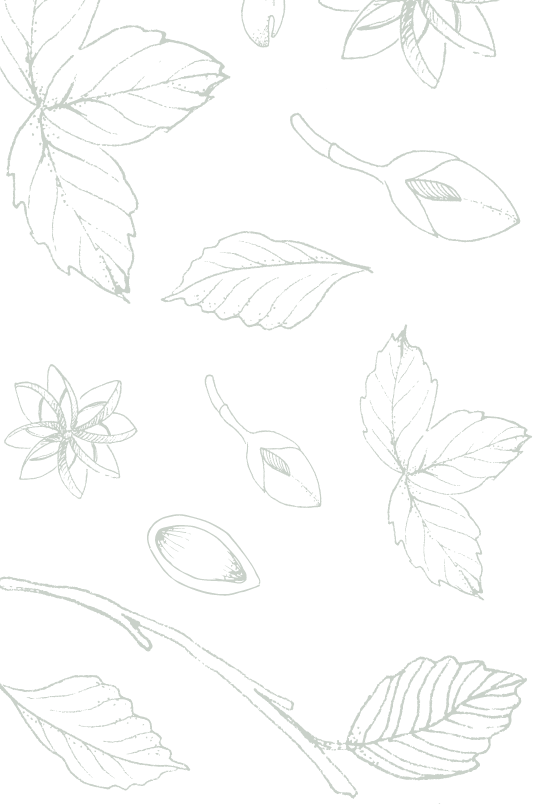
The Spice People FAQs


The Spice People FAQs

Other Spices you may like
Featured in



Join the Spice People to Get Started on Your Culinary Spice Journey!
Be the first to hear about our exclusive promotions, new product releases, recipes and more.

